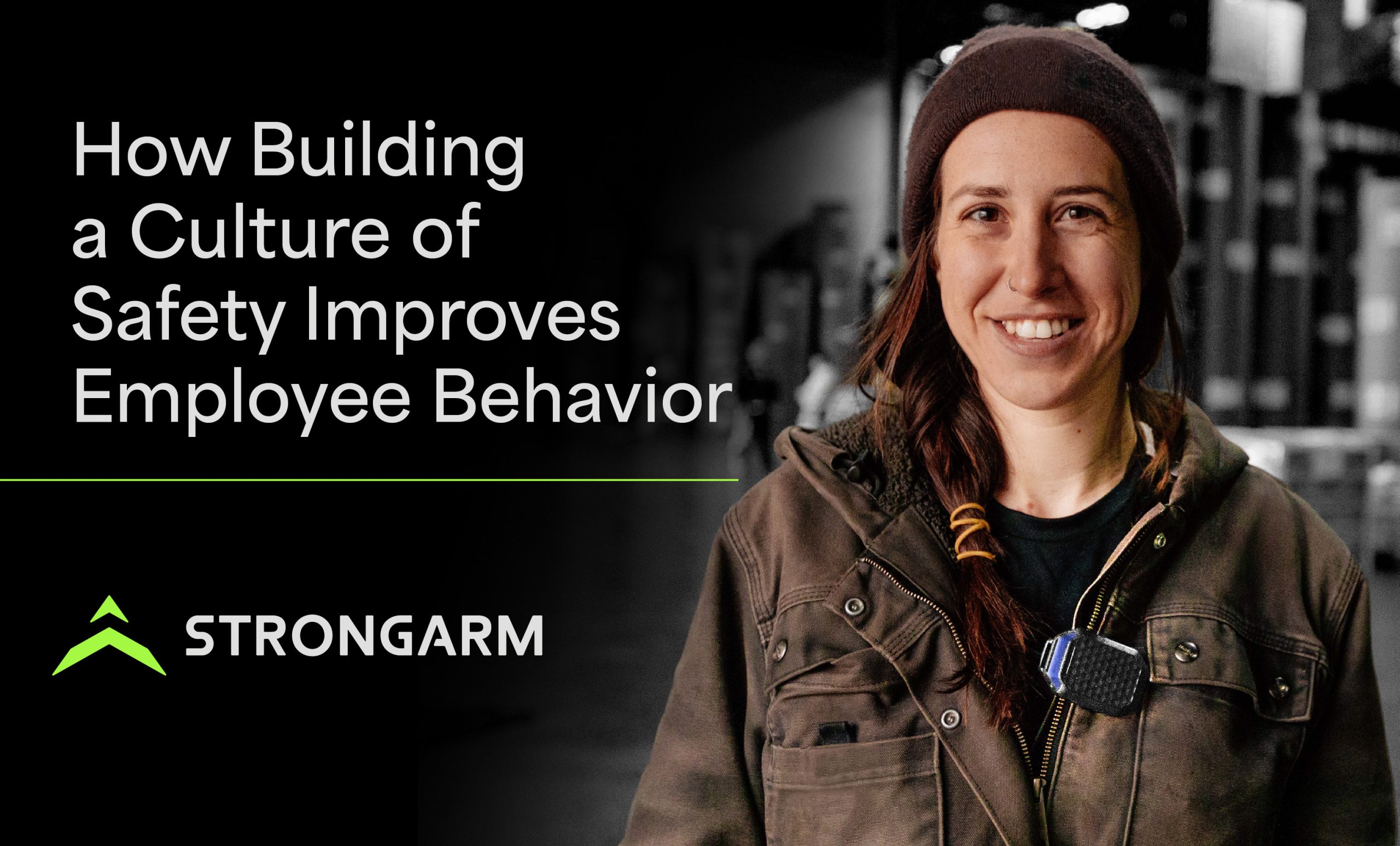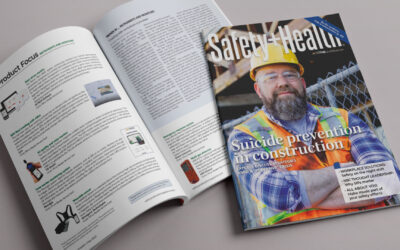Studies have shown that safety culture positively impacts employees’ performances because it reduces their psychosocial hazards, which can lead to psychological or physical harm and therefore increase stress.
Psychosocial hazards can take many forms:
- Low job control
- Unpredictable job demands
- Little to no employer support
- Little care toward an organizational change
- Lack of justice in the workplace
- Low recognition and reward
- Lack of clarity in position
- No community in the workplace
One objective of a workplace safety culture is to mitigate the psychosocial hazards in an organization. By implementing a comprehensive safety plan, you can mitigate all the concerns that contribute to increased work stress. This study broke safety culture down into three aspects of work-life balance that will improve for employees following its implementation.
Management Commitment
Your organization’s leaders need to build employee trust to the point that they feel dedicated to your business due to how you support them. It also takes the management to fully commit to the safety culture.
Work Environment
The working environment at your organization should support and promote employees in the effort to improve health and safety policies and procedures. Managers should be ready and willing to support employees as they strive to do this.
Involvement
Employees should not merely feel safe at work — they should also get support from their managers and camaraderie from their teammates. These benefits will encourage health and safety.
Take all these things into account when building a safety culture that will positively impact employee behavior. An efficient safety culture should eliminate psychosocial hazards while boosting employee performance and morale.
Your organization can accomplish this not only with safety culture and information, but also with how well you communicate with employees. If the rollout of your new plan is inconsistent or confusing, workers will not feel safe in the workplace.
How to Promote Safety Culture in the Workplace
As an organizational leader, building a culture of safety begins with you. It is up to you to ensure your entire workplace understands safety is the most crucial part of what everyone involved does every day.
Using your leadership skills, take these steps to promote safety culture in the workplace.
- Vision: Begin by creating a vision that understands, acknowledges and communicates the current state of your business while engaging the entire workforce.
- Analysis: Analyze every aspect of your company through communication tools like focus groups, safety culture surveys and other diagnostic approaches. If you have encouraged open communication, this analysis will provide vital information for your new safety culture.
- Define: After you have thoroughly analyzed the current state of your organization, it is up to the leaders to implement that feedback into a defined vision.
- Train: Your employees should not feel unsure or uncertain about anything regarding your vision. You should build training programs and more that make the plan for your workplace abundantly clear.
- Model: Every department’s leadership team must model the safety culture in action for your employees to get behind your vision and be excited about it. This commitment to your goal should be visible and tangible to employees.
- Reevaluate: Another way to promote this safety culture is to not grow apathetic toward the changes. There are always opportunities for your workplace and your safety culture to improve and increase your employees’ quality of work.

When crafting your vision for your safety culture, account for these tactics for its foundation and future.
Foundational Tactics
At the beginning of your vision, you should take practical steps to set your culture up for long-term success.
- Work with individuals: Your effort to implement the steps listed above must begin with individuals in your organization to build an honest foundation.
- Work with teams: Ensure leadership teams throughout your company are on the same page with the vision and how to communicate it to the people they supervise.
- Take time: Don’t rush the foundational process. Take time at the individual and team levels to let them communicate well with you and to communicate well with them in return.

Sustaining Tactics
Here are tactics you can implement so that your safety culture will be sustainable far beyond its beginning.
- Benchmark: When you implement your safety culture policies and procedures, note ways you will measure progress in the future. Frequently returning to these benchmarks will help you constantly improve your safety culture.
- Recognize success: If your employees come behind you and support the vision you have implemented, it is vital to recognize and reward that behavior if you hope it to continue.
- Goals: You should get goals for your safety culture to increase its chance of long-term sustainability.
Sustaining a safety culture in the workplace requires trust, respect and inclusion. Since the organizational leaders will be implementing the changes, the employees and the leadership team must uphold these values.
A practical way to build this trust is to make all practices transparent. Hiding things from your employees will decrease their willingness to trust and respect you and your attempt to implement a safety culture.
If a mistake or misunderstanding occurs, it is critical to take ownership of it. Trying to pass blame or ignore it will not help you build a safety culture and will hurt any trust and respect you have built with your employees.

Improve Workplace Safety With Our SafeWork System
At StrongArm Tech, we want your workplace to be the safest it can be. We believe the thousands of workplace injuries that happen every day are preventable, and we want to give you the tools to do so in your facilities.
We have created durable safety wearables that provide data to help prevent injuries. On average, we have provided companies with a 52% year-over-year injury reduction.
Our data is actionable and allows you to be proactive in the safety culture you build and intervening actions you take to prevent future injury. We help you set the foundation so you can create a sustainable safety culture long into the future. Request a trial today.




